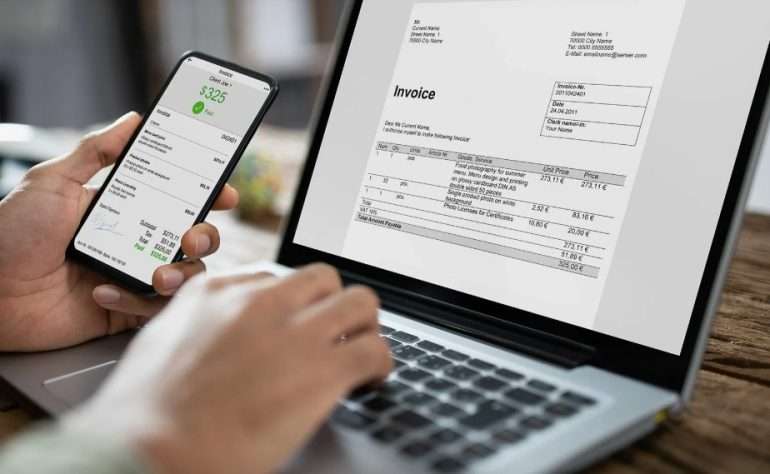Gran Canaria, a jewel in the Canary Islands archipelago, offers more than just stunning beaches and vibrant nightlife. It holds a secret world beneath its azure waters, a world teeming with marine life and captivating underwater landscapes, making scuba diving Gran Canaria an unforgettable experience. From vibrant coral reefs to intriguing shipwrecks, the island provides a diverse range of dive sites suitable for beginners and experienced divers alike. The clear visibility and year-round warm waters create ideal conditions, ensuring that scuba diving Gran Canaria remains a top choice for underwater adventurers seeking a unique and rewarding diving destination.
Why Choose Gran Canaria for Your Scuba Diving Adventure?
Gran Canaria boasts several advantages that make it a prime location for scuba diving. The island’s volcanic origins have created a unique underwater topography, featuring dramatic cliffs, caves, and canyons. This diverse landscape provides habitats for a wide array of marine species, from colorful reef fish to majestic rays and even occasional sightings of larger pelagic creatures. Furthermore, the island’s well-established diving infrastructure offers a variety of dive centers, ensuring that divers of all skill levels can find suitable courses and guided dives.
Key Benefits of Diving in Gran Canaria:
- Excellent Visibility: Enjoy crystal-clear waters with visibility often exceeding 30 meters.
- Warm Water Temperatures: Dive comfortably year-round with water temperatures ranging from 18°C to 24°C.
- Diverse Dive Sites: Explore a variety of underwater environments, from reefs to wrecks.
- Abundant Marine Life: Encounter a wide range of species, including colorful fish, rays, and sharks.
- Professional Dive Centers: Benefit from experienced instructors and well-equipped facilities.
Top Dive Sites in Gran Canaria
Gran Canaria offers a plethora of dive sites, each with its own unique appeal. Here are a few of the most popular locations:
- El Cabrón Marine Reserve: A protected area teeming with marine life, perfect for both beginner and experienced divers.
- Pasito Blanco Artificial Reef: An artificial reef designed to attract marine life, offering a unique diving experience.
- Arguineguin Wrecks: Explore several shipwrecks, each with its own history and charm.
- Sardina del Norte: Famous for its vibrant night dives and abundant marine life.
Preparing for Your Scuba Diving Trip to Gran Canaria
Before embarking on your scuba diving adventure in Gran Canaria, it’s essential to ensure you are adequately prepared. This includes obtaining the necessary certifications, packing appropriate gear, and familiarizing yourself with local diving regulations. Selecting a reputable dive center that prioritizes safety and environmental responsibility is also crucial. Research and choose a dive center that matches your skill level and interests, ensuring a safe and enjoyable diving experience. Also, consider the time of year you are visiting, as certain seasons may offer better visibility or specific marine life encounters.
Beyond the Reef: Unveiling Gran Canaria’s Underwater Oddities
But hold your seahorses! While the usual suspects – vibrant parrotfish, graceful stingrays, and curious trumpetfish – certainly grace Gran Canaria’s waters, a deeper dive reveals a realm of the wonderfully weird and unexpectedly enchanting. Forget postcard-perfect coral gardens for a moment; prepare to encounter the peculiar inhabitants of the island’s submerged landscapes.
Imagine gliding past volcanic rock formations that resemble colossal, slumbering dragons, their scales adorned with delicate sea fans. Picture yourself witnessing the mesmerizing dance of nudibranchs, those flamboyant sea slugs boasting an array of psychedelic colors and intricate patterns. These are not your average underwater attractions; they are living works of art, sculpted by the relentless hand of evolution.
The Whispers of the Wrecks: More Than Just Rust and Ruins
The shipwrecks around Gran Canaria aren’t just rusting relics of maritime history; they’ve become bustling underwater metropolises, teeming with life and intrigue. Peer into the portholes of sunken fishing trawlers, now home to schools of shimmering silverfish, their movements creating a hypnotic ballet. Discover hidden nooks and crannies where elusive moray eels lurk, their serpentine bodies blending seamlessly with the decaying metal. These wrecks whisper tales of forgotten voyages and maritime adventures, adding a layer of mystery and romance to your dive.
Consider the wreck of the “Kalais,” a former patrol boat deliberately sunk to create an artificial reef. Now, it’s a vibrant canvas for a kaleidoscope of marine life. Sponges in hues of orange and purple cling to its hull, while schools of barracuda circle overhead, their predatory eyes scanning the depths. The “Kalais” is more than just a wreck; it’s a testament to the power of nature to reclaim and transform man-made structures into thriving ecosystems.
Diving Deeper: Beyond the Tourist Trail
Venture beyond the popular dive sites and discover hidden gems known only to seasoned local divers. Explore the submerged caves of the north coast, where sunlight filters through cracks in the volcanic rock, creating an ethereal, otherworldly glow. These caves are home to unique species of crustaceans and invertebrates, creatures adapted to the darkness and silence of their subterranean realm.
Or perhaps seek out the elusive angel shark, a critically endangered species that calls Gran Canaria’s waters home. These flat-bodied sharks, resembling rays more than traditional sharks, are masters of camouflage, blending seamlessly with the sandy seabed. Spotting an angel shark is a rare and unforgettable experience, a reminder of the fragility and beauty of our planet’s marine ecosystems.
Before you resurface, remember the silent symphony of the underwater world, the gentle sway of the seaweed, the rustling of fins through the water, the occasional click and whistle of unseen creatures. Scuba diving Gran Canaria transcends the simple act of seeing; it’s about connecting with a world that is both alien and intimately familiar, a world that continues to surprise and inspire awe in those who dare to explore its depths. So, breathe deep, open your eyes, and prepare to be amazed.






